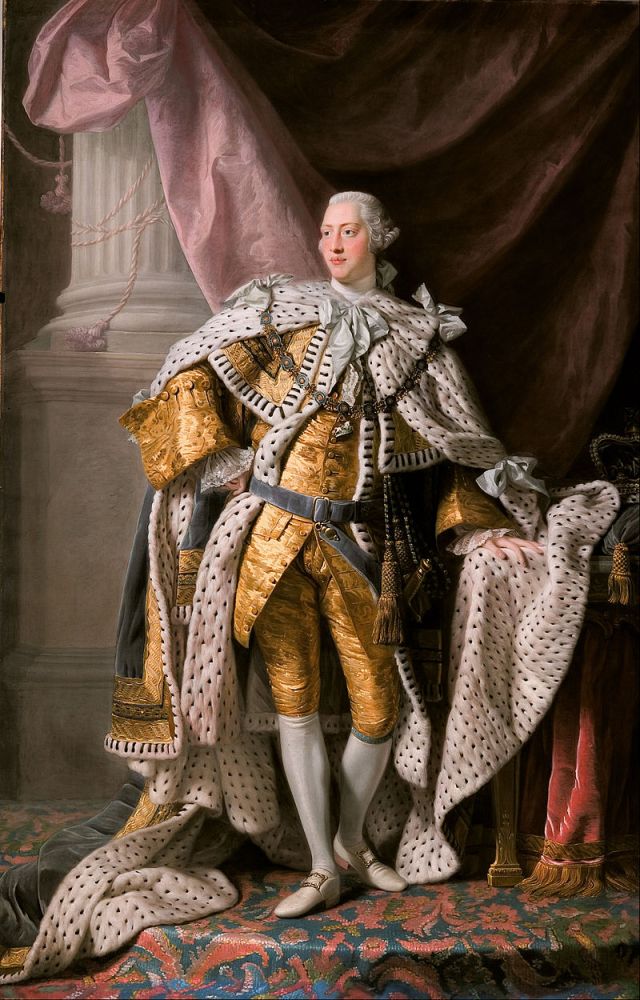
We came across this piece of art whilst researching the heroine of our latest book, Mrs Rachel Charlotte Williams Biggs. The painting was inspired by a poem called ‘The Ringers of Launcells Tower’ that was written, some decades after the event, by Reverend Hawker of Morwenstow and which we thought we would share with you.
The Ringers of Launcells
They rang at the Accession of George the Third and lived to ring again at the fiftieth anniversary of his reign.
They meet once more! That ancient band –
With furrowed cheek and failing hand, –
One peal today they fain must ring
The Jubilee of England’s King!
*************
They meet once more – but changed are now
The sinewy arm and laughing brow:
The strength that hail’d in former times
King George the third with lusty chimes!
*************
Yet proudly gaze on that lone tower!
No goodlier sight hath hall or bower, –
Meekly they strive – and closing day
Gilds with soft light their locks of gray!
*************
Hark! Proudly hark! With that true tone
They welcomed Him to Land and Throne,
So ere they die they fain would ring
The Jubilee of England’s King!
*************
Hearts of old Cornwall! Fare ye well,
Fast fade such scenes from field and dell,
How wilt thou lack, my own dear land,
Those trusty arms, that faithful band!
*************
Launcells is a rural hamlet between Stratton and Bude in Cornwall where, during the eighteenth and early nineteenth century, there lived six bell ringers. The six men are identified as John Lyle (1736-1832), Richard Hayman (1739-1816), John Ham (1742-1825), Richard Venning (1744-?), Henry Cade and John Allen.

John Lyle was the longest living member of the group and was born and bred in Launcells and remained there his entire life. He was reputed to have rung a merry peal for King George III’s coronation in 1760, then again for his golden Jubilee in 1810, then for the coronation of King George IV in 1821 and, as unlikely as it seems, also for the coronation of King William IV in 1831, just one year before he died at the ripe old age of 96. That was quite some achievement. Two others also lived long enough to join John Lyle in ringing the peals for George IV’s coronation, Richard Hayman and John Ham.

The only other member we managed to find out anything about was John Ham who began his working life as an apprentice cooper to the Lyle family in 1754 and who married Anna Maria Lisle in 1761 at the parish church in Launcells.
The painting was a reconstruction of the scene as Frederick Smallfield imagined it would have looked, depicting the six bell ringers ringing the bells as part of the celebrations for the golden jubilee of King George III. It was clearly important to Smallfield that he captured everything correctly so he studied bell ringers at his local church as well as visiting the church tower in Launcells.

We know that great celebrations were held across the country to celebrate the jubilee of King George III in 1809 as it was our very own heroine who instigated them. References to this painting seem to confirm though that the bell ringing took place in 1810, i.e. at the end of King George III’s 50th year on the throne.















